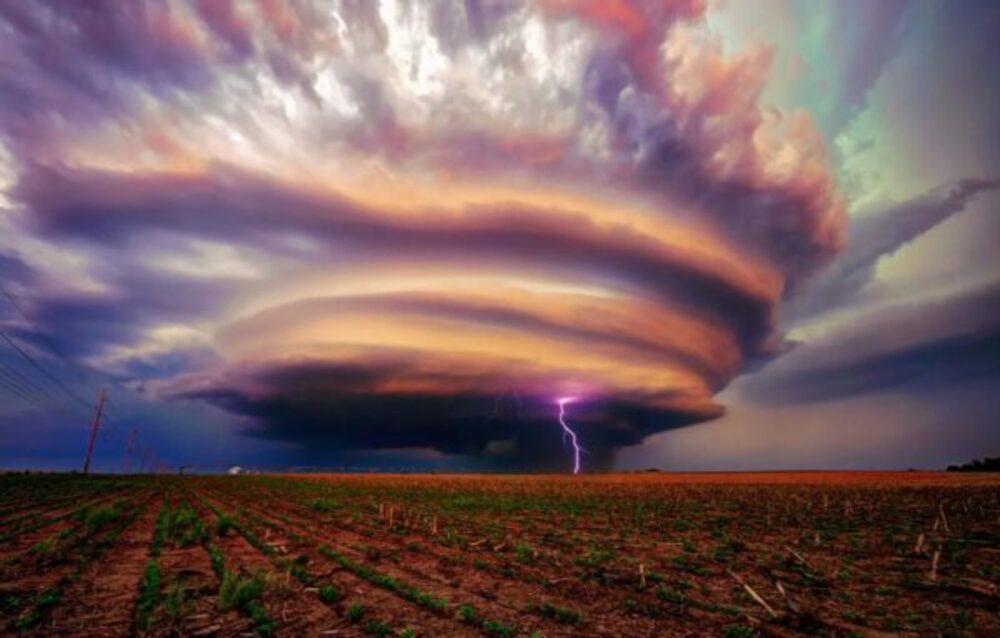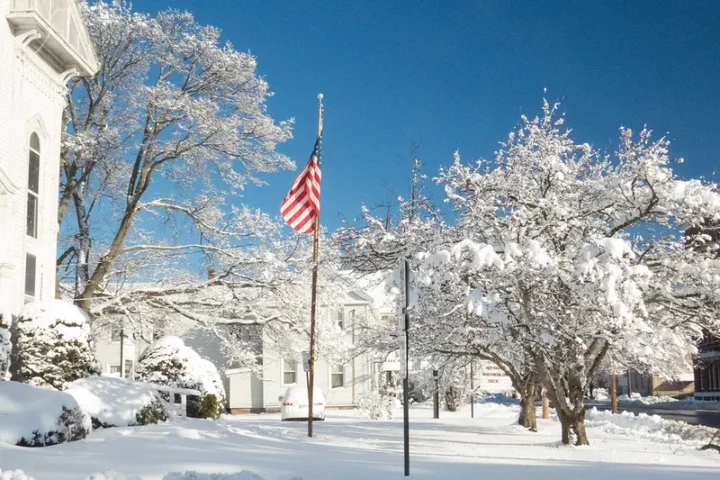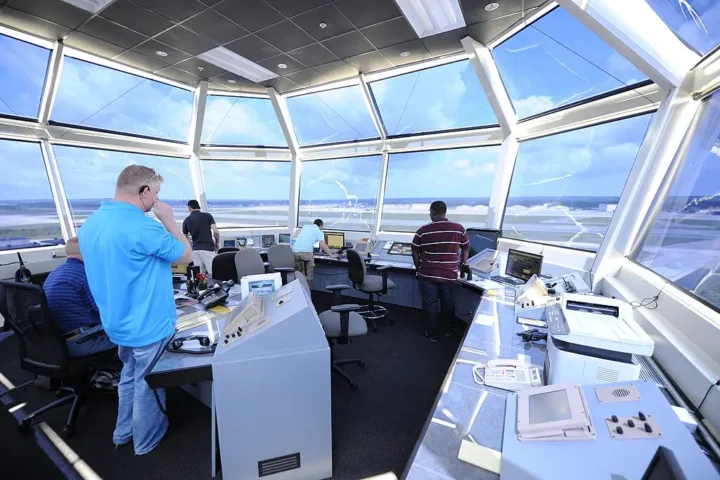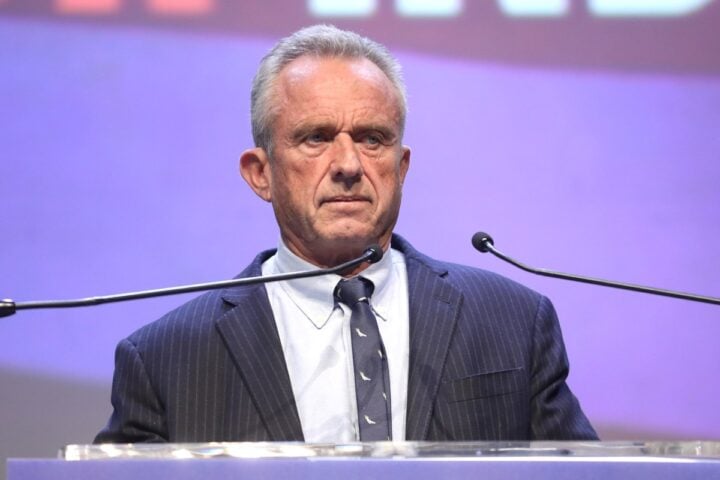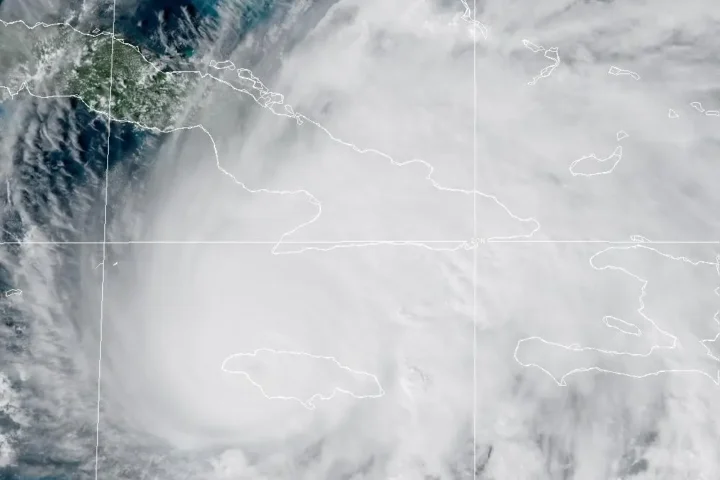A severe weather outbreak could affect over 50 million Americans between Monday and Tuesday, marking the start of the country’s most active tornado season.
According to a FOX Weather report, a storm system that flooded Southern California with torrential rains over the Easter weekend helped form a new low-pressure area in the central plains on Monday, expected to strengthen and move eastward.
As the low-pressure system draws moisture flowing north from the Gulf of Mexico, the atmosphere is expected to become rapidly unstable, leading to widespread thunderstorms. These storms could start on Monday afternoon in the southern plains and spread to the central Mississippi and Ohio valleys during the afternoon and evening.
Similar Posts
Storms threaten tens of millions of Americans with large to very large hail, damaging wind gusts, and tornadoes across a broad area, from the southern plains and the Ozarks to parts of the Mississippi and Ohio valleys.
Tens of millions of people could be at risk on Monday, especially in Dallas, Texas; Oklahoma City; St. Louis, Missouri; Cincinnati, Ohio, and Indianapolis, Indiana. Giant hail could also occur in the corridor stretching from northern Texas to southern Illinois.
The greatest tornado threat could occur Monday night from central and eastern Oklahoma to southern Indiana. Tornadoes could be EF-2 or stronger in parts of northeastern Oklahoma, northwestern Arkansas, southwestern Missouri, and southeastern Kansas.
Lives are threatened by nighttime tornadoes
Nighttime tornadoes are more than twice as likely to cause deaths as those occurring during the day, so having a way to receive weather alerts that can save your life and wake you up at night is crucial.
The continuation of severe storms from Monday night is expected further east on Tuesday, with the threat extending from the Ohio and Tennessee valleys eastward to the Mid-Atlantic and southward to the central Gulf Coast states.
Additionally, wind damage and isolated large hail could occur in this wide area, encompassing over 58 million people, in several cities, including Washington D.C.
